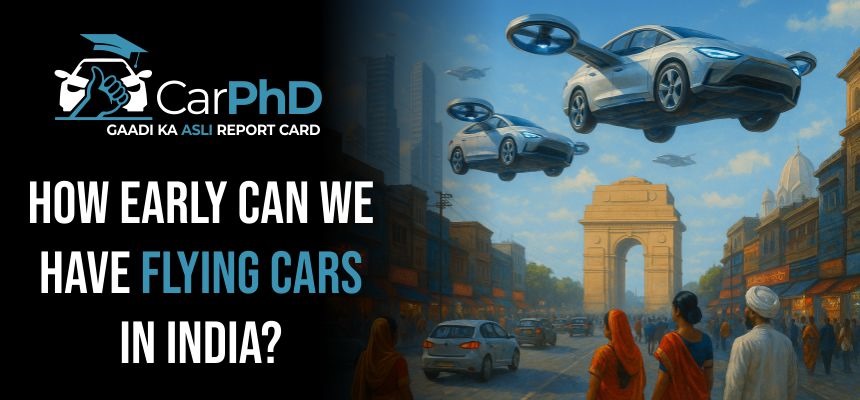Flying cars — once a staple of science fiction — are no longer a far-fetched dream. Across the globe, prototypes are taking to the skies, and some countries are already testing aerial mobility systems. But what about India? With its rapidly growing urban population and traffic congestion woes, flying cars could be more than just a luxury — they could be a necessity. The real question is: how soon can we expect them in Indian skies?
⸻
The Current Global Landscape
The world is seeing a race to build viable flying cars. Companies like Joby Aviation, Volocopter, and AeroMobil are developing electric vertical take-off and landing (eVTOL) vehicles, aimed at solving urban transportation problems. Dubai, Singapore, and the U.S. have already conducted test flights. In some places, commercial air taxi services are slated for launch by 2025–2026.
⸻
Where Does India Stand?
India isn’t sitting idle. A few Indian startups, like The ePlane Company (IIT Madras spin-off) and Vinata Aeromobility, are working on hybrid and electric flying vehicle prototypes. Union Minister Nitin Gadkari has also publicly backed the idea of flying cars, expressing optimism that India could see them within the next few years.
Still, optimism needs to be measured against ground realities.
⸻
Key Challenges
1. Infrastructure: India’s urban infrastructure is not yet ready for flying cars. We’d need dedicated “vertiports,” air corridors, and charging or refueling stations.
2. Regulations: Air traffic control for low-altitude urban air mobility is a regulatory gray area. The Directorate General of Civil Aviation (DGCA) would need new policies, standards, and safety protocols.
3. Public Acceptance: Safety concerns, noise pollution, and the cost of adoption may slow public and commercial interest initially.
4. Technology and Manufacturing: While the talent is here, India still imports much of its high-end aerospace hardware. Indigenous manufacturing needs a big push.
⸻
When Could It Happen?
Here’s a realistic timeline:
• 2025–2027: Test flights and limited demo runs in controlled environments (IT parks, smart cities, etc.).
• 2028–2030: Early adoption in niche markets — perhaps air taxis in metro cities like Bengaluru, Mumbai, or Hyderabad.
• 2030–2035: Broader rollout, if infrastructure and regulations catch up, possibly integrating with existing urban transport networks.
⸻
The Road (or Sky) Ahead
India has the brainpower, the startups, and the need for flying cars — but we still need massive investment, public-private partnerships, and regulatory innovation to get off the ground. If everything aligns, we could see flying cars in Indian cities within the next decade.
The sky is no longer the limit — it’s the destination.


